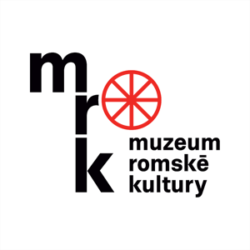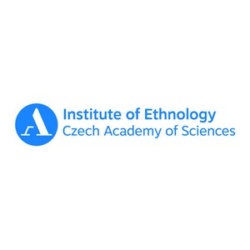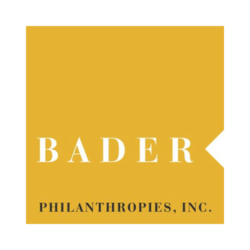Helena Ondrášová
Helena Ondrášová, née Ondrášová (1939–2021)
-
Testimony abstract
Helena Ondrášová was imprisoned with her mother[1] and siblings[2] in the “gypsy" camp at Hodonín near Kunštát. Ondrášová said the most traumatic experience was the arrival at the camp itself. They cut everyone's hair and the first one to be shaved was two-year-old Helena Ondrášová, while her mother held her in her arms crying. She begged in vain for her daughters not to have their hair cut, but her sister Hilda also lost her hair, which had been knee-length.
The young children were accommodated in the camp with their mothers. The men lived in another part of the camp, fenced off with barbed wire. They wore clogs. Helena Ondrášová recalls that she was given some kind of rubber boots from which one of her toes protruded. She was restless in the barracks and spent a lot of time running around outside. With her friends Hepy and Dundrla she used to sit on logs and smoke dry leaves rolled into a piece of newspaper. The children would catch birds, roast them on the fire behind the house and eat them.
Ondrášová's mother was pregnant with Sonia and the camp food was inadequate, so her older daughter Květa,[3] who worked in the infirmary, always found her something to eat, such as bread or oat flakes. Little Helena Ondrášová was not much noticed by the guards in the camp, so she brought her mother food from Květa under her coat. It was dangerous when the guard dogs Afra and Hilda were let out. More than once, when she was carrying something to eat, they knocked her down and ate everything.
She remembered a kind Czech guard named Zeman,[4] who used to take her and other children secretly to the beet field. He allowed them to cut the beets and take them away under their clothes. He helped Helena Ondrášová tie her coat so that she could also take the pieces of beetroot away. But he always warned them not to take too much, or they could be discovered and he would be executed.
Helena Ondrášová's sister Květa worked in the infirmary, and although she was still a child, she had to carry out the corpse when someone died. The dead were thrown into a long, deep trench and covered with lime. Little Helena often spent time with her, and so she also accompanied her during the burials. Her mother was worried about her, in case they threw her in the trench too, or she fell in.
Ondrášová's half-brother Tomáš took care of the German soldiers' horses and drove a horse-drawn cart outside the camp, such as to the village for milk. She urged him to take the opportunity to escape, but he did not want to risk it.: “After all I’ve got four ćhaven (children),” he told her.
When prisoners were being taken from Hodonín to Auschwitz, her sister Květa managed to save several of them. Dr. Výroba allowed her to rescue her siblings from the already loaded truck and hide them in the hospital. While the Germans were processing the documents, she pulled several other prisoners off the back of the truck. She didn't have time to choose who to rescue, and her brother Tomáš was rught at the back, unfortunately. He called to his sister to take him away too, saying she had four children, but she couldn't help him anymore. Two of their sisters also stayed on the truck with him, and they were all transported to Auschwitz II-Birkenau. Those who were rescued stayed in the morgue with the warning that they had typhus, because the Germans were afraid of typhus.
Helena Ondrášová was released from the camp on 20 September 1943, together with her mother, sisters Maria, Hilda, Květa and Sonia, and several others.
- [1] Marie Terezie Ondrášová, nicknamed Pocrli, née Paffnerová (ed.)
- [2] Helena Ondrášová had six siblings of her own - Maria Ondrášová known as Květa (1926), Maria Ondrášová (1927), Berta Ištvánová (1931), Alois (1933), Hilda (1936) and Maria Soňa (1942), who was born in the camp in Hodonín. She also had several half-siblings on her father's side: brothers František (1920) and František Raimund (1921), a sister Anna nicknamed Nanynka (1922 or 1923) and a brother Tomáš (probably Růžička after his mother). (ed.)
- [3] See her testimony in the database.
- [4] First name not given.
-
Origin of Testimony
Helena Ondrášová's reminiscences are quoted from an interview with her that was recorded in Czech on 6 November 2018 in Šumperk, the video recording of which is archived in the collections of the Museum of Romani Culture in Brno. The book ...these are painful memories also refers to the Výzkumná správa 11/2018 Helena Ondrášová (*1939), přeživší tzv. cikánského tábora Hodonín (Research Report 11/2018 Helena Ondrášová (*1939), survivor of the “Gypsy" camp at Hodonín). The reminiscences are supplemented by six photographs of Helena Ondrášová, five of which were taken by Adam Holubovský (photographer of the MRC) on the occasion of the interview in 2018 in Šumperk; one archival image shows Helena Ondrášová in her youth.
-
Where to find this testimony




